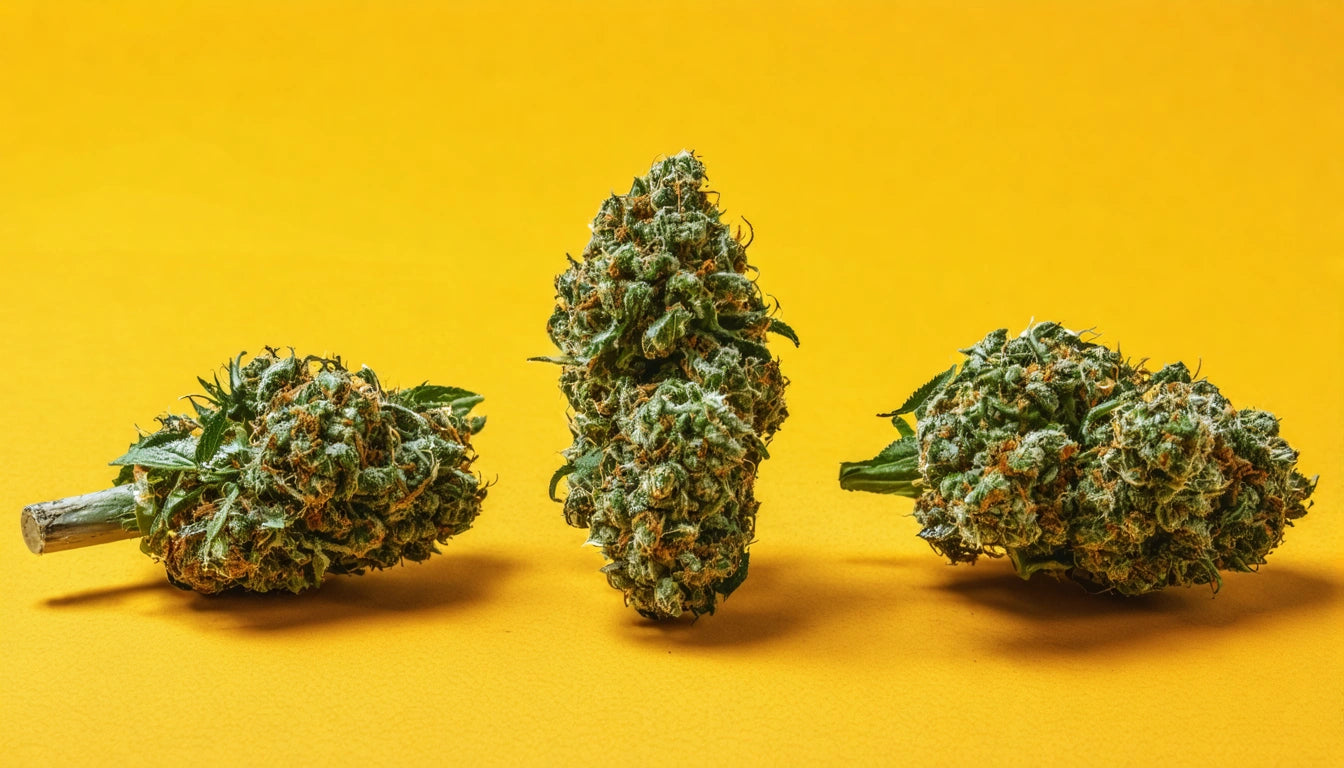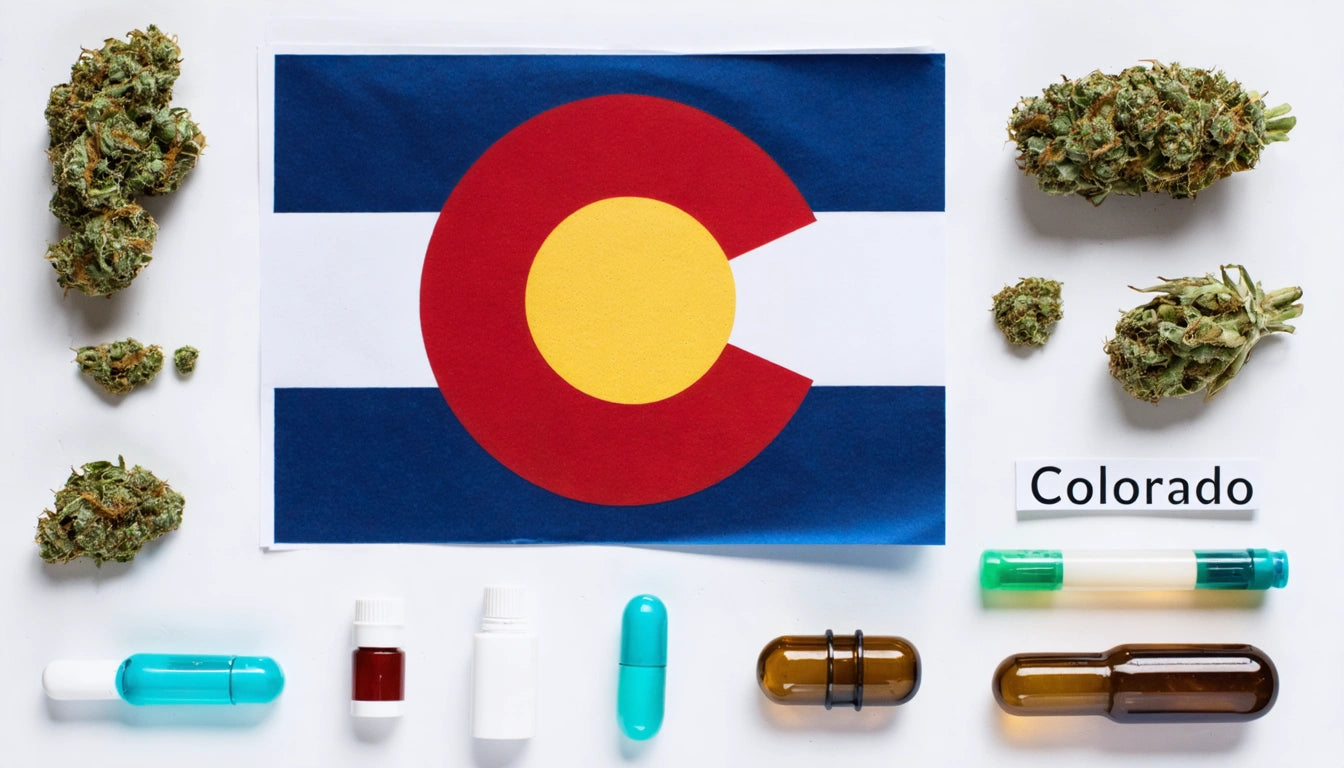Table of Contents
- Why Curing Cannabis Matters: Benefits and Importance
- Preparation Steps Before Curing
- The Drying Process: First Stage of Curing
- Jar Curing Techniques and Best Practices
- Humidity Control and Environmental Factors
- Common Mistakes and How to Avoid Them
- Storage Solutions for Properly Cured Cannabis
- Advanced Techniques for Connoisseur-Quality Curing
The Ultimate Guide to Properly Curing Cannabis: Tips and Techniques
Properly curing cannabis is an essential but often overlooked step in the cultivation process. While growing healthy plants requires attention and care, how you cure your harvest ultimately determines the quality, potency, flavor profile, and shelf life of your final product. This comprehensive guide will walk you through everything you need to know about how to cure cannabis properly, from basic techniques to advanced methods used by industry professionals.
Why Curing Cannabis Matters: Benefits and Importance
Curing cannabis isn't just about drying your harvest. This biological process allows for the breakdown of chlorophyll and the preservation of cannabinoids and terpenes. A proper cure offers several significant benefits:
- Enhanced flavor and smoother smoke
- Preserved cannabinoid content and potency
- Reduced harshness and potential for throat irritation
- Extended shelf life and resistance to mold
- Improved terpene profile and aromatic qualities
According to cultivation experts, properly cured cannabis can maintain its quality for up to two years when stored correctly, compared to just a few months for improperly cured flower.
Preparation Steps Before Curing
Before you begin the curing process, proper preparation is essential. Here's what you need to do:
Harvesting at the Right Time
Timing your harvest correctly is the first step toward a successful cure. Harvest too early, and you'll sacrifice potency; too late, and terpenes may degrade. Most cultivators harvest when 70-90% of pistils have darkened and trichomes are mostly cloudy with some amber coloration.
Trimming: Wet vs. Dry
You can trim before drying (wet trimming) or after (dry trimming). Wet trimming is easier but accelerates drying, which can be detrimental to quality. Dry trimming preserves more terpenes but requires more space during the drying phase. For beginners learning how to cure cannabis plants, dry trimming generally provides more forgiveness in the process.
The Drying Process: First Stage of Curing
The drying stage is technically the beginning of the curing process and perhaps the most critical phase. Here's how to cure and dry cannabis properly:
Environmental Conditions
Maintain a temperature between 60-70 °F (15-21 °C) with humidity between 45-55%. This slow, controlled environment prevents overdrying while inhibiting mold growth. A hygrometer is essential for monitoring these conditions.
Drying Setup
Hang trimmed branches upside down in a dark room with gentle air circulation. Direct fans away from the plants to prevent uneven or rapid drying. The process typically takes 7-10 days, depending on environmental conditions and bud density.
You'll know the drying phase is complete when smaller stems snap rather than bend, while larger stems still retain some flexibility. This is the perfect time to move to the next phase of curing.
Jar Curing Techniques and Best Practices
After drying, it's time for the actual curing process, which is typically done in glass jars. Effective techniques for curing cannabis in jars involve several key steps:
Selecting the Right Containers
Wide-mouth glass mason jars are the industry standard for curing. They're airtight, don't impart flavors, and allow you to monitor your buds visually. Fill jars to about 75% capacity to allow some air exchange without excessive empty space.
When considering storage for cannabis products, especially in households with children, it's crucial to use appropriate containers. Safety experts recommend child-resistant packaging to prevent accidental access, similar to requirements for medications and other potentially harmful substances.
Burping Schedule
During the first week, open your jars ("burping") 1-3 times daily for 5-10 minutes to release moisture and replenish oxygen. In the second week, reduce to once daily, then to every few days in subsequent weeks. This gradual process is crucial for those learning how to cure marijuana like a pro.
Humidity Control and Environmental Factors
Maintaining proper humidity levels is perhaps the most technical aspect of curing. The ideal relative humidity (RH) inside your curing jars should be between 58-62%.
Humidity Packs and Monitors
Consider using humidity control packs designed specifically for cannabis curing. These two-way humidity regulators maintain optimal moisture levels by either releasing or absorbing moisture as needed. Digital hygrometers that fit inside your jars can provide accurate readings of internal conditions.
According to research on optimal curing times, maintaining consistent humidity levels throughout the entire process significantly improves terpene preservation and overall quality.
Common Mistakes and How to Avoid Them
When learning how to cure cannabis properly, several common pitfalls can compromise your results:
Overdrying
Once cannabis is overdried, quality is permanently compromised. Monitor humidity levels carefully and introduce humidity packs if levels drop below 55%.
Mold Development
Excessive moisture leads to mold, which ruins your harvest and can be hazardous to health. If you spot mold, remove affected buds immediately to prevent spreading.
Improper Storage Conditions
Heat, light, and air are the enemies of cured cannabis. Store jars in a cool, dark place to preserve cannabinoids and terpenes.
Rushing the Process
For those wondering how to cure cannabis fast, the unfortunate truth is that proper curing cannot be rushed. While minimum curing takes 2-4 weeks, optimal results often require 4-8 weeks or longer.
Storage Solutions for Properly Cured Cannabis
After completing the curing process, proper storage maintains your hard-earned quality:
Long-term Storage Options
For extended storage, consider vacuum-sealed containers or specialized cannabis storage solutions with UV protection. Home curing guides often recommend glass over plastic for superior preservation of terpenes.
Temperature and Light Considerations
Store your cured cannabis below 70 °F (21 °C) in complete darkness. Some connoisseurs even use wine refrigerators set to appropriate temperatures for optimal long-term storage.
Advanced Techniques for Connoisseur-Quality Curing
For those who have mastered the basics of how to properly cure cannabis, several advanced techniques can elevate your results:
Extended Curing Periods
Some premium cannabis is cured for 6 months or longer. This extended process allows for complete chlorophyll breakdown and terpene development, resulting in exceptionally smooth smoke and complex flavor profiles.
Water Curing
This alternative method involves submerging buds in water for 5-7 days, changing water daily, followed by quick drying and traditional curing. Water curing removes water-soluble impurities but also strips away some terpenes, resulting in cleaner smoke but less aromatic flower.
For cultivators seeking the best way to cure cannabis, patience remains the most valuable ingredient. The time invested in proper curing pays dividends in quality, creating a final product that showcases the full potential of your cultivation efforts.
",










Leave a comment
All comments are moderated before being published.
This site is protected by hCaptcha and the hCaptcha Privacy Policy and Terms of Service apply.